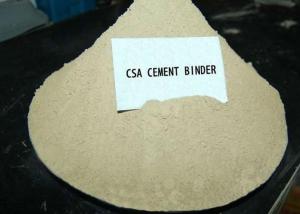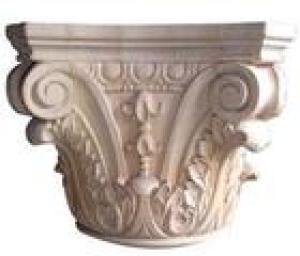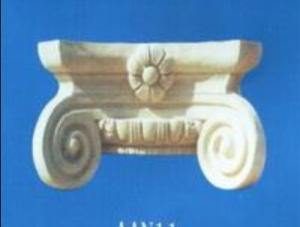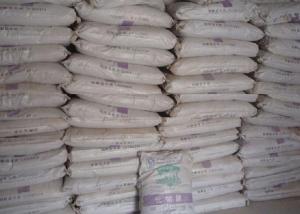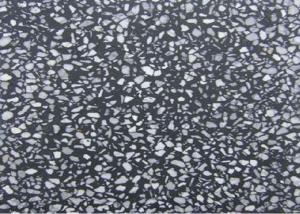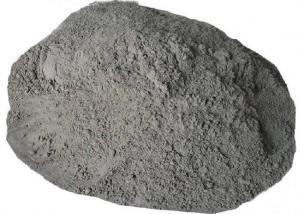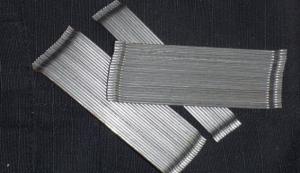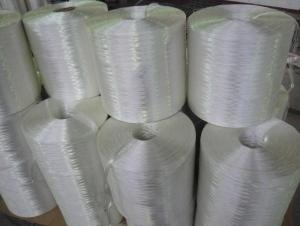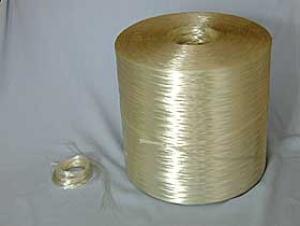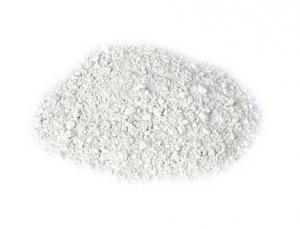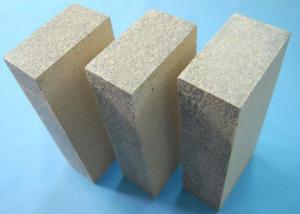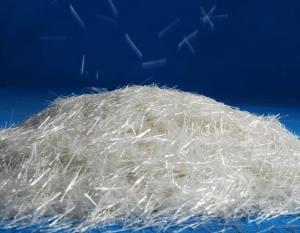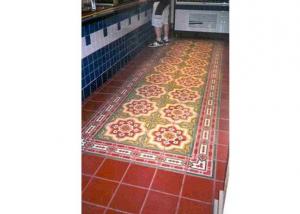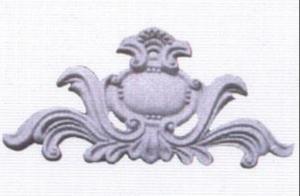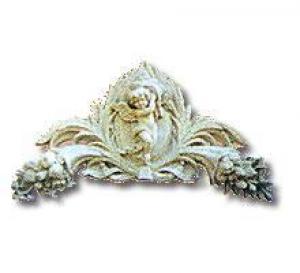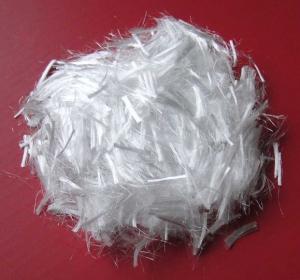Light Color CSA Cement
- Loading Port:
- China Main Port
- Payment Terms:
- TT or LC
- Min Order Qty:
- 20 Metric Tons m.t.
- Supply Capability:
- 1000 Tons per Month m.t./month
OKorder Service Pledge
OKorder Financial Service
You Might Also Like
The setting time is quicker than that of PORTLAND cement, and it also has a rapid strength development.
General characteristics
HCSA BINDER is a hydraulic binder based on calcium sulphoaluminate, rather than calcium aluminates which are the basis of CALCIUM ALUMINATE CEMENT or calcium silicates which are the basis of PORTLAND CEMENT. The difference gives HCSA BINDER properties particularly suited to formulators of products such as self-leveling or self-smoothing compounds, rapid hardening screeds, tile adhesives, non-shrink grouts, rapid setting and special mortars.
HCSA BINDER is used in formulated products either as a hydraulic binder by itself or with the addition of calcium sulphates, or in combination with PORTLAND cement. The setting time is quicker than that of PORTLAND cement, and it also has a rapid strength development. HCSA BINDER does not release free lime during hydration thus eliminates the major cause of efflorescence.
HCSA BINDER is manufactured under a strict quality assurance systems GB/T 19001-2000 (i.e. ISO9001:2000) and GB/T 24001-1996 (i.e. ISO 14001:1996)) which accommodates the technical requirements of building chemistry formulators.
The properties of HCSA BINDER conform to the standards of the manufacturer and to the Chinese relevant standards.
- Q: if it is is it renewable or nonrenewable?
- Cement is a nonrenewable resource made from limestone. Limestone is comprised of mostly Calcium Carbonate.(CaCO3) a naturally occurring rock type. It is mine from the ground in open quarries or underground mines. It is then ground very finely and heated to make it into cement powder. Once it is used, it is used.
- Q: why is cement and water the ingredients of mortar allowed?
- hmmm...oh fick it - there just is no answer to this one.
- Q: What is the good introduction for cement?
- Actually cement is nothing but a normal paste or binder.. there is a setting time of a cement .. time of every cement varies depending on the GYPSUM used. In the most general sense of the word, a cement is a binder, a substance which sets and hardens independently, and can bind other materials together. The word cement traces to the Romans, who used the term opus caementicium to describe masonry which resembled concrete and was made from crushed rock with burnt lime as binder. The volcanic ash and pulverized brick additives which were added to the burnt lime to obtain a hydraulic binder were later referred to as cementum, cimentum, c?ment and cement.
- Q: I have a small nick on my tire, and just a small piece of rubber is hanging out. There is no air coming out and the cords or anything is not showing, don't be alarmed. I've driven around with this car and nothing has happened. It just cut the top portion of the tire, not so deep where any major damage is visible. I'm afraid to just rip the little piece off. Can I use rubber cement glue to glue the little piece back together?Once again, there is no major damage to the tire. No air coming out or cords showing. Just a slight tear.
- You can, but rubber cement glue wasn't made for that purpose. You're only using it for cosmetic reasons, so it'll be ok. However I would like to say that because there's no major damage to the tire that everything is safe. If it's a very small nick ( less tha 1/4 in in length) I'd say your ok. But if it's larger than that, i'd say to take it to a mechanic. Tires don't bear the same weight load all the time while driving, so going around corners, making small turns on a highway all increase the pressure that's on a tire. Check with a mechanic to be sure and stay safe.
- Q: is is located in looc, malabuyoc, cebu, philippines .. it is under the yuchengco group of companies .
- South Western Cement Corporation c/o 3883 First Street. Forest Hills, Banawa, Cebu CIty, Malabuyoc Yes it is part of the Yuchengco group. Sorry could not find tel nos.
- Q: Brick factory construction period to buy the building materials (no inventory, purchase directly with, including cement, steel, red brick, etc.), to pay the construction of the bite for the shame of the peacock spring pseudo-sickle fee (including the artificial materials, ), Land rental rent, resource tax, arable land occupation tax, stamp duty, wages, electrical equipment, purchase forklift forklift, digging machine forklift plus diesel fuel, blasting costs, building materials and freight, rent office, purchase Office furniture, staff wages, the purchase of "screw. Welding. Drill. Wire. Wire. Taps. Wood. Meter" and other small tools of these expenditures, the "construction in progress" subjects set what the name of the secondary subjects as well, Or what other subjects? How to distinguish the details of the details of the details of some of the Oh, thank you, or more detailed advice.
- This account is used to calculate the expenses incurred in infrastructure construction, renovation and other construction projects
- Q: I dug out a place for fire pit. I thought some cement blocks would be good to keep things in order. I'm looking at circle, and I would like it to be about about 1-2/1 ft. tall. For these twigs and small limbs that keep falling out of my gag-gum pine trees. What u say?
- I agree......cement blocks are an unwise choice. Go to a home supply place and get some large stones...however many you need. Set them almost touching the firewood!!......and then start a trial-run fire. Keep it burning for a good couple hours at least. The stones being so close to the fire will get really hot, which is what you want. If any decide to 'blow', they should do it now, and...you don't want to be sitting around the fire either, you just want to keep an eye on it from afar while you're doing other things. Once you're done with this, you should be able to set them in place at the outer perimeter of the pit and be ready for regular use. You see....stones and rocks can contain water. When they get hot the water will expand to boil.....so what you have is like a low-grade hand grenade, and they can crack very sharply and loudly sometimes. Often chips and pieces fly off and they can and have blinded people, and hit people in the face, etc. It's just a dangerous situation that can, and should be avoided. Cement blocks have loads of water in them. It's not a matter of IF they shatter or break.....it's when. Do it right....take the time.....so you can have a safe place to hang around a fire.
- Q: Im trying to level my floor with self levelling cement. I know its supposed to be runny but i may have put too much water on it. Unfortunately i already dumped it on the floor. Will it eventually dry up.
- If you added too much it will flake when you step on it. If this is the case it won't be any fun to remove, but it will come up easy and you can start again.
- Q: how do you resurface cement steps?
- First check the quality of the cement, it may be inferior to construction standards. When you determine it is good, then you need to rough up the surface with a tool like a chisel to give the new surface a grip. Mix a screened sand with some portland at a 2 to 1 mix and trowel it on with a steel finishing trowel
- Q: based on the facts that acids and bases can burn skinwhy do you suppose that people that work with BOTH dry and wet cement should be cautios
- The cement is somwhat caustic (not as bad as something like sodium hydroxide, but still able to damage skin on prolonged and/or repeated contact). Both the dry powder and the mixed cement can cause problems: the powder poofs everywhere when empting cement bags and during the initial stages of mixing. It can get inhaled and get on the skin. In both cases, there is moisture present from the body to react and form the semi-caustic mixture. In the case of the already mixed cement, when laying blocks, brick or using a cement pump etc, it is almost impossible to keep from getting splattered with the wet material. Since this type of construction work is often done day after day, a relatively modest amount of skin irritation/damage each day can have cumulative effects and really get to be a problem.
1. Manufacturer Overview
| Location | Hebei,China (Mainland) |
| Year Established | 1998 |
| Annual Output Value | US$2.5 Million - US$5 Million |
| Main Markets | North America; South America; Eastern Europe; Southeast Asia; Africa; Mid East; Eastern Asia; Western Europe; Southern Europe; South Asia |
| Company Certifications | ISO 9001:2000;ISO 14001:2004 |
2. Manufacturer Certificates
| a) Certification Name | |
| Range | |
| Reference | |
| Validity Period |
3. Manufacturer Capability
| a) Trade Capacity | |
| Nearest Port | Xingang, Jingtang |
| Export Percentage | 21% - 30% |
| No.of Employees in Trade Department | 11-20 People |
| Language Spoken: | English, Chinese, Japanese, Russian, Korean |
| b) Factory Information | |
| Factory Size: | 1,000-3,000 square meters |
| No. of Production Lines | |
| Contract Manufacturing | OEM Service Offered Buyer Label Offered |
| Product Price Range | Average |
Send your message to us
Light Color CSA Cement
- Loading Port:
- China Main Port
- Payment Terms:
- TT or LC
- Min Order Qty:
- 20 Metric Tons m.t.
- Supply Capability:
- 1000 Tons per Month m.t./month
OKorder Service Pledge
OKorder Financial Service
Similar products
Hot products
Hot Searches
Related keywords
